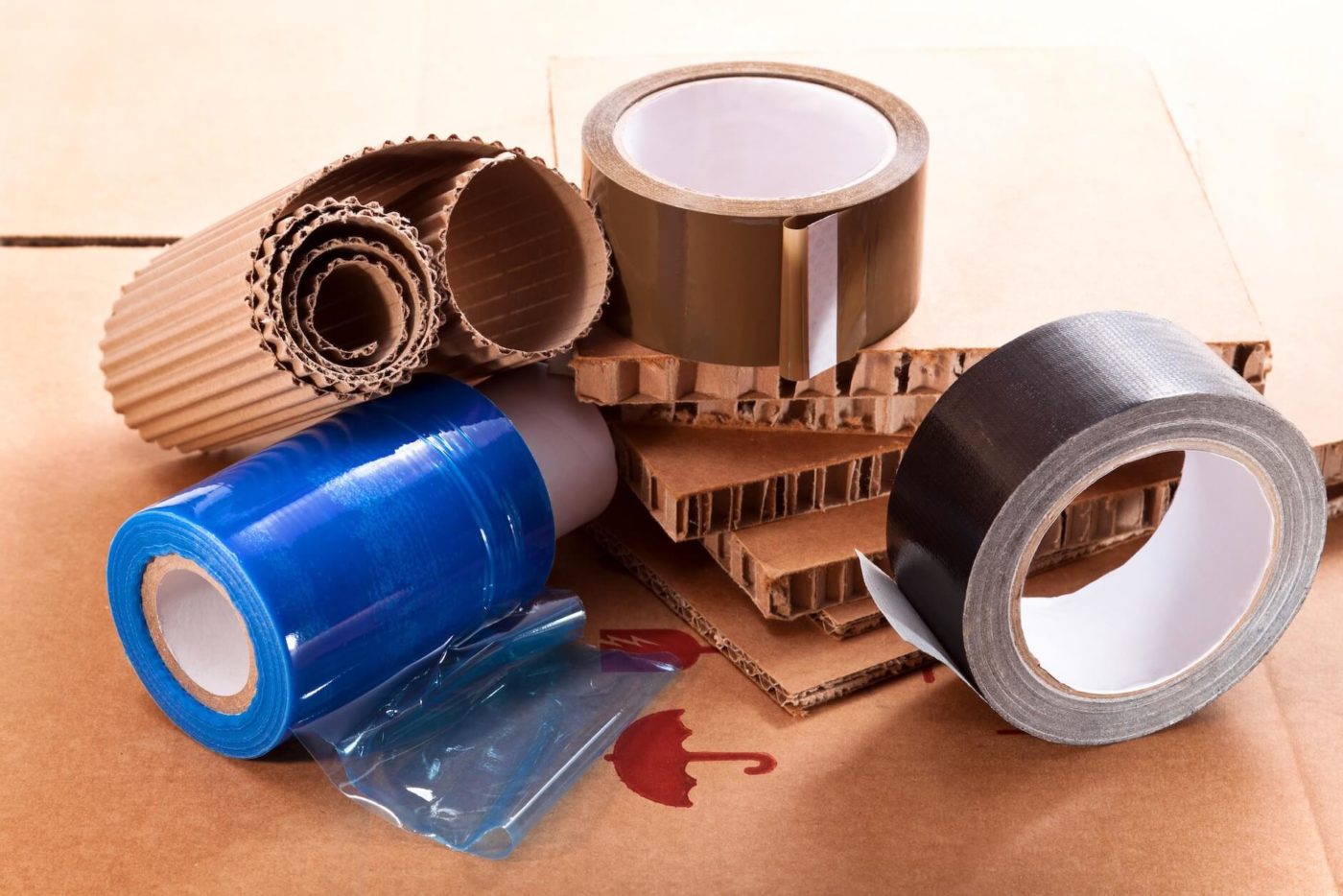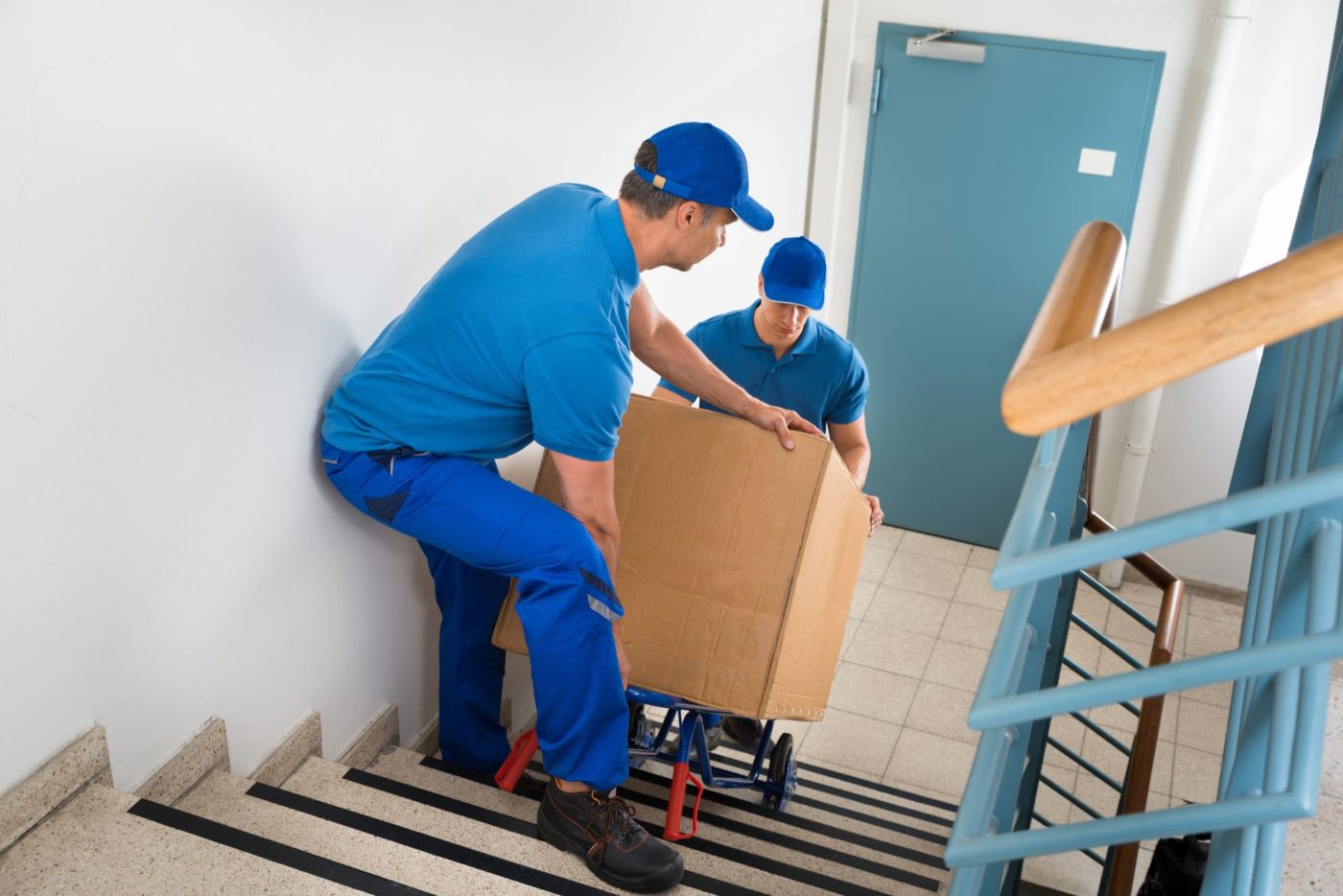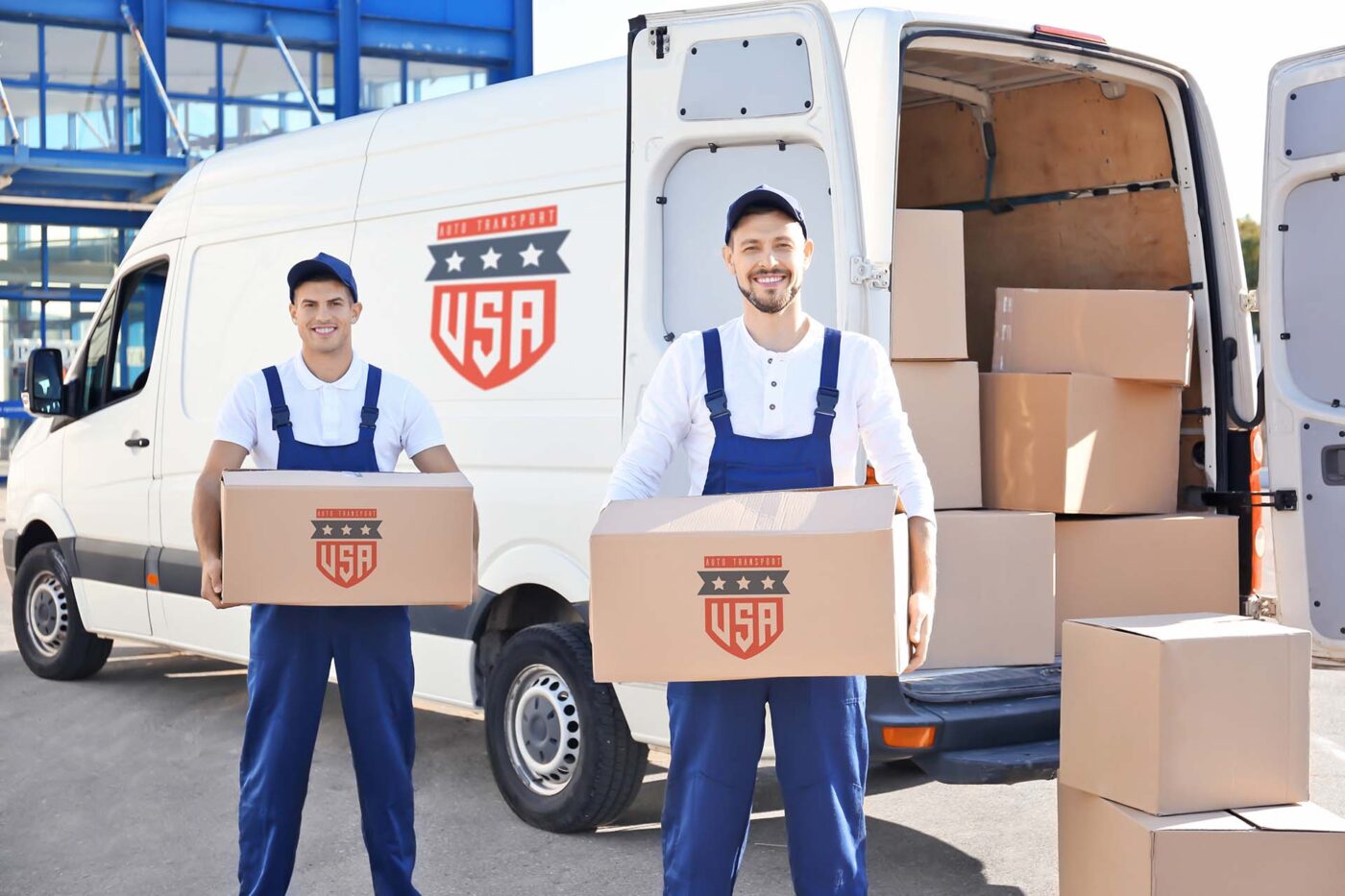Preparing a bicycle for moving starts with thorough cleaning and maintenance checks. These steps can reveal any pre-existing issues that might be exacerbated by travel. Also, this is a perfect time to remove any detachable parts such as pedals, handlebars, and seat posts.
This reduces the risk of damage and makes the bike more compact and easier to pack. Remember to keep all screws and small parts in a labeled bag so nothing gets lost along the way.









